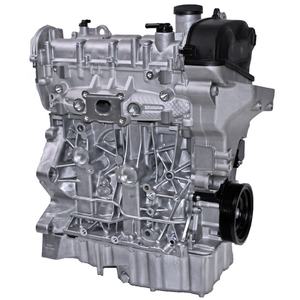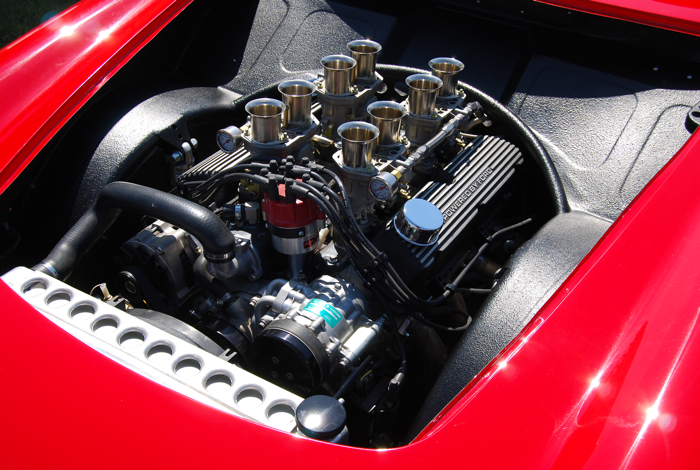Opel Corsa Engine: Everything You Need to Know Before Buying
Opel Corsa Engine: Everything You Need to Know Before Buying
Blog Article
Checking Out the Inner Functions of a Compact Automobile's Engine System
As chauffeurs, we usually take for given the elaborate processes that take place within the confines of our lorry's engine system. In this exploration of a portable automobile's engine system, we will untangle the inner operations of this mechanical symphony, losing light on the mysteries that drive us onward on our daily trips.
Combustion Process Overview
The combustion procedure in a compact automobile's engine system is a vital mechanism that effectively transforms fuel into power to power the car. This procedure occurs within the combustion chamber of the engine, where gas and air mix, fire up, and produce regulated explosions. The combustion process consists of four main phases: intake, power, exhaust, and compression.
Throughout the consumption stage, the piston moves downward, drawing in a mix of air and fuel right into the combustion chamber. The next stage, compression, entails the piston relocating upwards, compressing the air-fuel combination to boost its effectiveness. Consequently, in the power stage, the trigger plug fires up the compressed combination, resulting in a quick expansion of gases that compels the piston back down. This down motion creates the power needed to drive the lorry. In the exhaust phase, the scorched gases are removed from the burning chamber via the exhaust shutoff, preparing the chamber for the next cycle. This cyclic combustion procedure is essential to the operation of a portable vehicle's engine system, ensuring effective power conversion for propulsion.
Piston and Cyndrical Tube Interaction

The piston's exact fit within the cylinder is important for maintaining optimal compression and protecting against power loss during combustion. Limited clearances in between the piston and cylinder wall surfaces make certain effective sealing, permitting the piston to relocate smoothly without permitting gases to leakage past. Proper lubrication is additionally crucial to decrease friction and put on between these parts, improving longevity and efficiency.
Additionally, the design and products used in making the piston and cylinder influence engine effectiveness and resilience. Modern engines often utilize lightweight yet long lasting materials like light weight aluminum alloys for pistons and cylinder linings to reduce inertia and enhance thermal performance. Generally, the harmonious interaction in between the piston and cylinder is essential to the engine's functionality and general efficiency.
Fuel Shot System Functionality
Gas shot systems in compact automobile engines play a vital duty in precisely providing fuel to see here the burning chamber for regulated and reliable ignition. The fuel injection system works by infusing gas into the combustion chamber at the ideal minute throughout the engine's operation (opel corsa engine). This accurate timing makes reference sure that the gas blends evenly with the air for proper combustion, causing boosted gas efficiency and decreased discharges
There are mostly 2 kinds of gas shot systems made use of in compact vehicle engines: port fuel injection (PFI) and direct fuel injection (DFI) PFI systems inject fuel right into the consumption port prior to the consumption shutoff, while DFI systems infuse gas straight right into the burning chamber. Both systems have their benefits, with DFI using far better gas atomization and PFI supplying a much more economical service.
Comprehending Engine Cooling Mechanisms
Reliable procedure of a compact car's engine counts heavily on the efficiency of its cooling devices. The cooling system in a small lorry usually is composed of several elements functioning with each other to regulate the engine temperature. Comprehending these engine air conditioning mechanisms is important for preserving the efficiency and long life of a compact car's engine system.

Exhaust System Parts Explained
The ideal performance of a portable lorry's engine cooling mechanisms depends on a complementary system understood as the exhaust system, which makes up different necessary parts for making certain reliable exhausts and engine efficiency. The exhaust system consists of parts such as the exhaust manifold, catalytic converter, muffler, and tailpipe. The exhaust manifold accumulates exhaust gases from the engine's courses and cyndrical tubes them to the catalytic converter. The catalytic converter then converts damaging contaminants in the exhaust into less harmful emissions prior to launching them with the muffler and tailpipe.
One essential component of the exhaust system is the oxygen sensing unit, which keeps track of the oxygen levels in the exhaust gases to aid control fuel intake and guarantee optimal engine efficiency. opel corsa engine. Additionally, the resonator might exist in some exhaust systems to reduce sound levels. Generally, the exhaust system plays an important duty in preserving engine efficiency, minimizing damaging exhausts, and making sure a quieter driving experience for compact automobile proprietors

Conclusion
To conclude, the compact car's engine system is an intricate combination of elements that function with each other to help with the burning process, convert gas right into energy, and get rid of waste gases. Recognizing the inner functions of the engine system, consisting of the piston and cyndrical tube interaction, fuel shot system, engine air conditioning mechanisms, and exhaust system elements, is critical for maintaining ideal efficiency and performance of the vehicle.
The combustion process in a small lorry's engine system is a crucial system that successfully transforms gas right into energy to power the vehicle.Fuel injection why not try this out systems in small automobile engines play an essential role in precisely delivering fuel to the combustion chamber for controlled and efficient ignition.There are mainly two types of fuel injection systems used in compact car engines: port fuel injection (PFI) and direct gas shot (DFI) Recognizing these engine air conditioning devices is essential for keeping the efficiency and durability of a small car's engine system.
The optimal functioning of a compact lorry's engine air conditioning systems depends on a complementary system understood as the exhaust system, which comprises various essential parts for making certain reliable discharges and engine performance.
Report this page